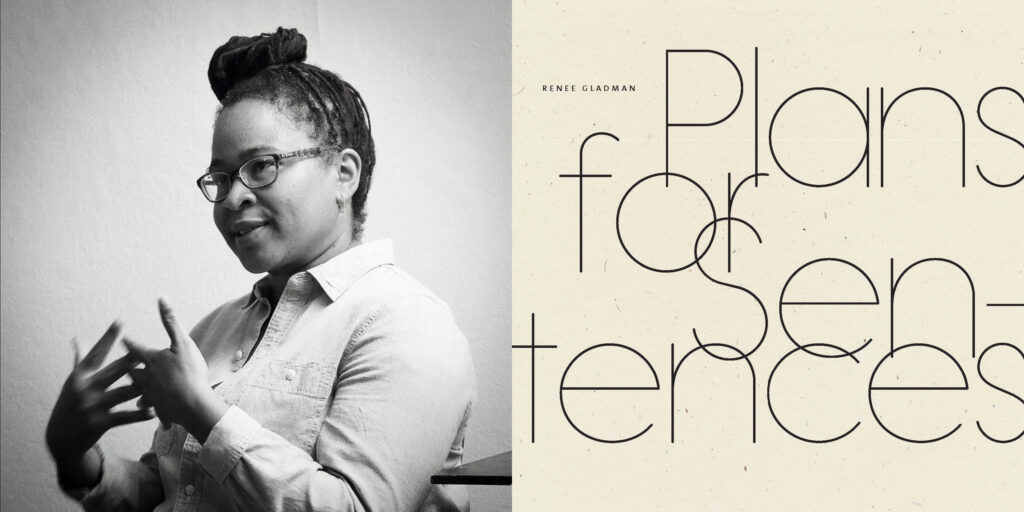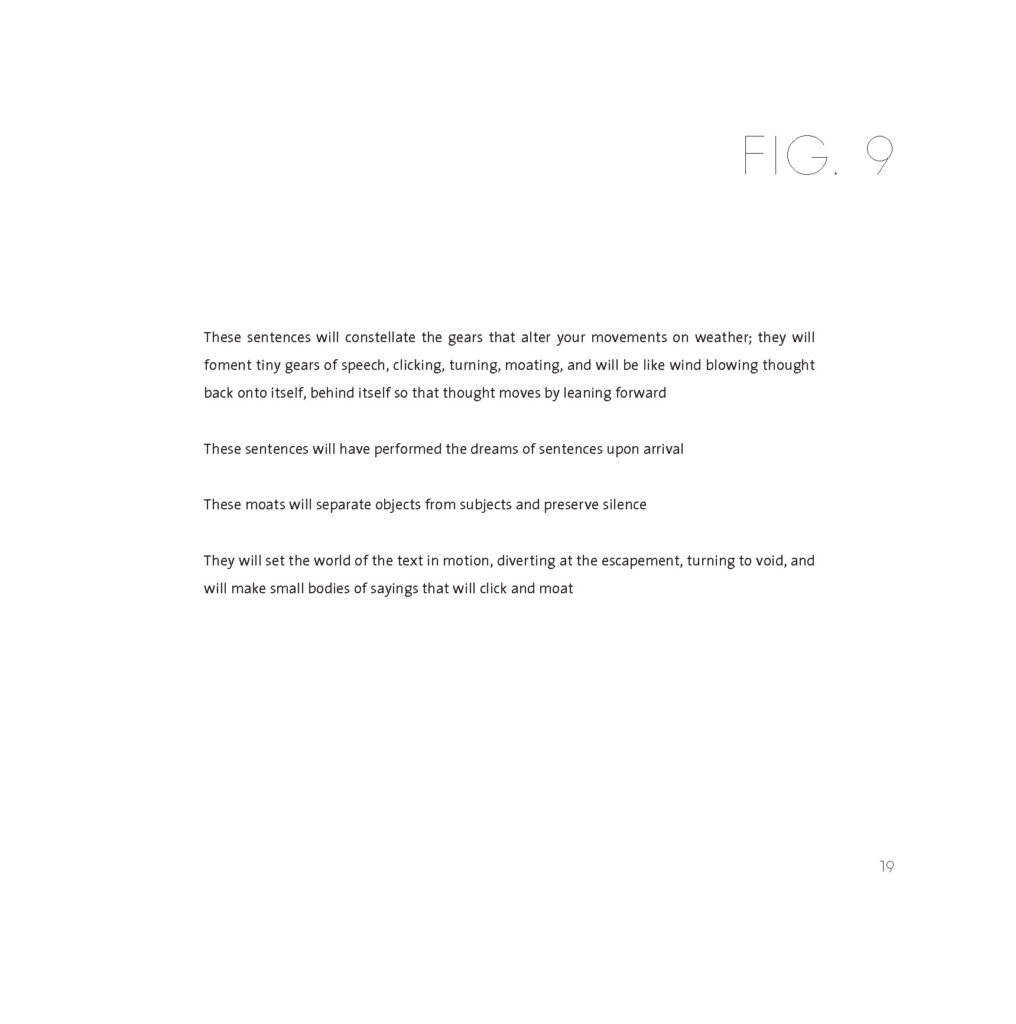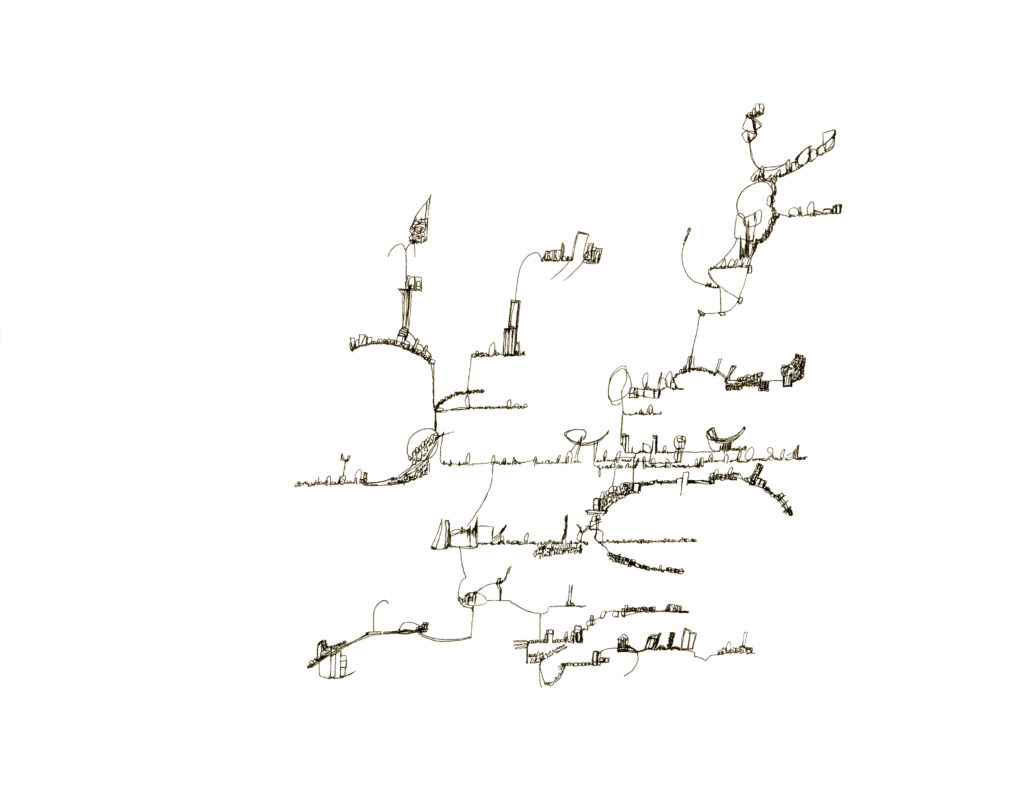Deprecated: Creation of dynamic property Docxpresso\ODF2HTML5\ODF2HTML5::$_download is deprecated in /home1/brookly9/public_html/wp-content/plugins/docxpresso/classes/ODF2HTML5/ODF2HTML5.inc on line 471
Deprecated: Creation of dynamic property Docxpresso\ODF2HTML5\ODF2HTML5::$_linkTargetToBlank is deprecated in /home1/brookly9/public_html/wp-content/plugins/docxpresso/classes/ODF2HTML5/ODF2HTML5.inc on line 475
Deprecated: Creation of dynamic property Docxpresso\ODF2HTML5\ODF2HTML5::$_commentJS is deprecated in /home1/brookly9/public_html/wp-content/plugins/docxpresso/classes/ODF2HTML5/ODF2HTML5.inc on line 500
Deprecated: Creation of dynamic property Docxpresso\ODF2HTML5\ODF2HTML5::$_defaultStyle is deprecated in /home1/brookly9/public_html/wp-content/plugins/docxpresso/classes/ODF2HTML5/ODF2HTML5.inc on line 537
Deprecated: Creation of dynamic property Docxpresso\ODF2HTML5\ODF2HTML5::$_noteCounter is deprecated in /home1/brookly9/public_html/wp-content/plugins/docxpresso/classes/ODF2HTML5/ODF2HTML5.inc on line 542
Deprecated: Creation of dynamic property Docxpresso\ODF2HTML5\SVGParser::$_dom is deprecated in /home1/brookly9/public_html/wp-content/plugins/docxpresso/classes/ODF2HTML5/SVGParser.inc on line 71
Deprecated: Creation of dynamic property Docxpresso\ODF2HTML5\SVGParser::$_drawNodeList is deprecated in /home1/brookly9/public_html/wp-content/plugins/docxpresso/classes/ODF2HTML5/SVGParser.inc on line 74
Deprecated: Creation of dynamic property Docxpresso\ODF2HTML5\ODF2HTML5::$_download is deprecated in /home1/brookly9/public_html/wp-content/plugins/docxpresso/classes/ODF2HTML5/ODF2HTML5.inc on line 471
Deprecated: Creation of dynamic property Docxpresso\ODF2HTML5\ODF2HTML5::$_linkTargetToBlank is deprecated in /home1/brookly9/public_html/wp-content/plugins/docxpresso/classes/ODF2HTML5/ODF2HTML5.inc on line 475
Deprecated: Creation of dynamic property Docxpresso\ODF2HTML5\ODF2HTML5::$_commentJS is deprecated in /home1/brookly9/public_html/wp-content/plugins/docxpresso/classes/ODF2HTML5/ODF2HTML5.inc on line 500
Deprecated: Creation of dynamic property Docxpresso\ODF2HTML5\ODF2HTML5::$_defaultStyle is deprecated in /home1/brookly9/public_html/wp-content/plugins/docxpresso/classes/ODF2HTML5/ODF2HTML5.inc on line 537
Deprecated: Creation of dynamic property Docxpresso\ODF2HTML5\ODF2HTML5::$_noteCounter is deprecated in /home1/brookly9/public_html/wp-content/plugins/docxpresso/classes/ODF2HTML5/ODF2HTML5.inc on line 542
Deprecated: Creation of dynamic property Docxpresso\ODF2HTML5\SVGParser::$_dom is deprecated in /home1/brookly9/public_html/wp-content/plugins/docxpresso/classes/ODF2HTML5/SVGParser.inc on line 71
Deprecated: Creation of dynamic property Docxpresso\ODF2HTML5\SVGParser::$_drawNodeList is deprecated in /home1/brookly9/public_html/wp-content/plugins/docxpresso/classes/ODF2HTML5/SVGParser.inc on line 74
Deprecated: Creation of dynamic property Docxpresso\ODF2HTML5\ODF2HTML5::$_download is deprecated in /home1/brookly9/public_html/wp-content/plugins/docxpresso/classes/ODF2HTML5/ODF2HTML5.inc on line 471
Deprecated: Creation of dynamic property Docxpresso\ODF2HTML5\ODF2HTML5::$_linkTargetToBlank is deprecated in /home1/brookly9/public_html/wp-content/plugins/docxpresso/classes/ODF2HTML5/ODF2HTML5.inc on line 475
Deprecated: Creation of dynamic property Docxpresso\ODF2HTML5\ODF2HTML5::$_commentJS is deprecated in /home1/brookly9/public_html/wp-content/plugins/docxpresso/classes/ODF2HTML5/ODF2HTML5.inc on line 500
Deprecated: Creation of dynamic property Docxpresso\ODF2HTML5\ODF2HTML5::$_defaultStyle is deprecated in /home1/brookly9/public_html/wp-content/plugins/docxpresso/classes/ODF2HTML5/ODF2HTML5.inc on line 537
Deprecated: Creation of dynamic property Docxpresso\ODF2HTML5\ODF2HTML5::$_noteCounter is deprecated in /home1/brookly9/public_html/wp-content/plugins/docxpresso/classes/ODF2HTML5/ODF2HTML5.inc on line 542
Deprecated: Creation of dynamic property Docxpresso\ODF2HTML5\SVGParser::$_dom is deprecated in /home1/brookly9/public_html/wp-content/plugins/docxpresso/classes/ODF2HTML5/SVGParser.inc on line 71
Deprecated: Creation of dynamic property Docxpresso\ODF2HTML5\SVGParser::$_drawNodeList is deprecated in /home1/brookly9/public_html/wp-content/plugins/docxpresso/classes/ODF2HTML5/SVGParser.inc on line 74

It’s hard to describe Renee Gladman’s latest book, Plans for Sentences, because it is almost constantly describing itself: the book is proof of the possibility of the book’s representability, though it also defers that representation constantly. It’s a book about what the book will be. Which is to say, it’s difficult to write about beyond simply quoting—or channeling—the sayable parts of it and just participating in its conveyance. Prognostications and declarations of poetic possibility, Gladman’s lines speak for themselves with the incontestability of miracles.
The miracle of Plans for Sentences is the miracle of language that grips and ungrips the sense of language, qualifying and liberating its subject in the same act. It’s the miracle of theory and poetry in intense cooperation, as archive and event. Recursion escapes the myopia expected of prolonged self-reflexivity into broader fields of recursion, only to cycle back and recuperate the abandoned scales, recycling or regenerating subjecthood:

In other words, these sentences are propositions of new realities, futures, and histories of their production, further glimpses into Gladman’s rigorous, gorgeously idiosyncratic practice. They are blueprints of ways of being that to my eye are neither expressly utopic nor dystopic, despite vivid tones of both the ominous and serene: Scaffolding standing long before—or after—the structure.

There are sixty figures in Plan for Sentences, or sixty instances of linework whose modular, paired arrangements suggest possible diptychs, or at least some correspondence between the recto text and verso drawings: the pages are associated, but by and through what medium? The nature of the correspondence feels unwritten: the trained impulse to read from left to right dovetails with our desire to read the text as an annotation of the drawing. We might turn a page but rather than tend to the verso figure, glide over it to seek its inscription. This keys us into the crosshatching we then might dissolve into: we seek descriptions in the text that the drawings evade, but still the drawings appear to convey textual possibilities. And then a feedback loop: the sentences describe the possibilities of the line—both as visual substance and as concept; because the concept of the line that runs through a line of text is just that, a concept independent of its communications. That conceptual value is uncannily visualizable in Gladman’s drawings, which sometimes flash approximations of words or phrases. The “languageness” of the drawings is radiant but unintelligible.
I sifted through much of these impressions in conversation with the poet Lewis Freedman as we read selections of the book to each other over the phone some weeks ago, giving the other the chance to view the drawings while listening to what we thought was the corresponding poem—which in turn produced the possible reading that the drawings we were looking at were not necessarily direct correspondents of the sentences across the book’s gutter, but maybe instead some afterimage of the sentences on the previous page, the literal flipside.
It highlights a major question in the work: are these sentences written from the present, about their futures? Many of the texts begin with the words “These sentences will”—does that suggest that they, now, things of the present, will in the future, be, do, or behave in a predetermined way? Are they plans in the sense of being projections of themselves? Is there a kind of willfulness to the future tense here, the will to survive or manifest? Or are they written from the future as forms of testimony of that survival already—that future is there to be had—and then dispatched into their past, which is our present? Are they here to reassure us of that future, to help us proceed? To be continued?
If the sentences are written from their present, a present we participate in or even construct by reading them, then “These sentences” refer to more and more sentences as we read them in sequence, a bigger and bigger accumulative “these”—à la One Long Black Sentence—they become rings of concentric circles resounding inside of one another, impossible to draw a final circle around or find the original within. If they are, rather, from the future, we must ask ourselves a new question altogether, the one you ask in the presence of genuine poetic apparition: if what is here now is a given, a received formal fact, who must I become to approach it?
Yet another reading resides between these two temporal frames: Treating Gladman’s lines as both given and hypothetical, as historical and ongoing—as live artifacts—deemphasizes the question of how the sentences were produced in relation to the images—which Gladman does explain: the sentences were written “to” the drawings afterward, as if addressed—and redirects us toward the question of our experience of their historicity, our relation to the liveness of the recordings, or the “eventness” of the lines. It seems clear that Gladman is, beyond the unit of the line, interested in offering new ways of sorting the work at large. Her index, “Descriptions of Future Sentences,” arranges the book’s sentences in alphabetical order, effectively grouping them by subject: “These sentences”; “These sites”; “These [will…]”; “This chapter”; etc. These categories propose new troubles for the axis along which the subjects of the book seem to move when read purely sequentially. Just because something is modular does not mean it can be tracked; modularity seems to instead motivate rearrangements.
Gladman also acknowledges that the book’s figures and poems have been sampled from 137 drawings, a series that she sees as “the work that directly follows Prose Architectures in terms of the evolution of [her] mark-making and [her] continued devotion to the entwinement of drawing and writing.” One could reasonably read these sentences and lines as an extension of the grammar introduced in One Long Black Sentence, her 2020 collaboration with Fred Moten. The blasts of color that begin to appear in the book’s latter images might beam us into the worlds of Ellen Gallagher’s similarly transcendent visual art, which contemplates how Black femininity exists within and across myths, histories, and futurities. The temporal condition within which these sentences emerge might remind us of Alexis Pauline Gumbs’s M Archive, another poetic archive from a future.
I wonder if part of the experience of Plans is to learn how to exist exactly in a state of perpetual deferral, to perceive only the blueprint or the afterimage of the work because the work is not possible when squared within so-called ordinary sense. After I read the book, I felt as if I’d read about it—a book about the book—but maybe not the book itself. Maybe the sentences in question came and went around my attention, maybe they’re still coming. Maybe I’m not ready for them yet. They are pre-sense presences. It’s not clear whether they should be mourned or hoped for, but if they come, when they do, there will be many readers, primed by years of Gladman’s magnetic lines, grateful to meet them.
—Jed Munson
Illustrations courtesy of the author and Wave Books.
